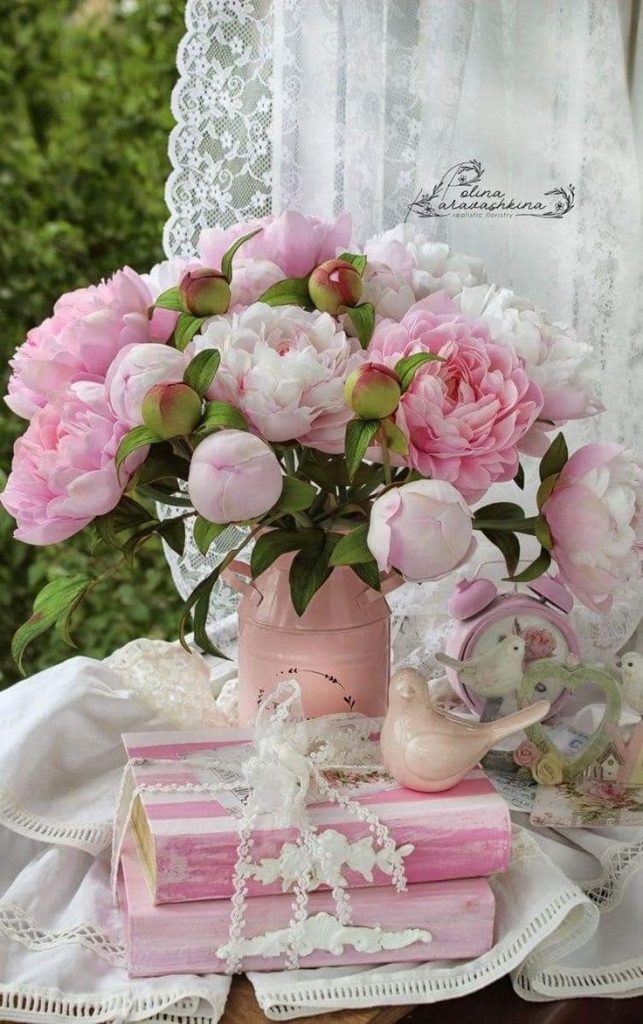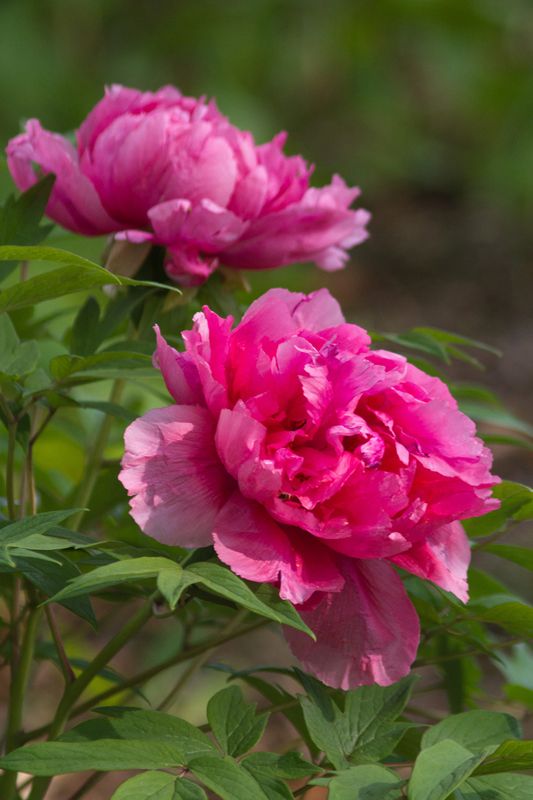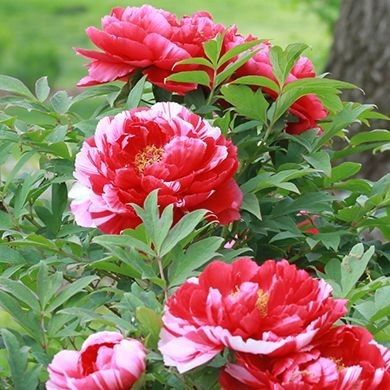Cover crops offer numerous benefits for soil health and fertility, making them valuable additions to peony beds. These green manures not only improve soil structure and nutrient availability but also suppress weeds, reduce erosion, and promote beneficial microbial activity. By incorporating cover crops into your peony cultivation practices, you can create a sustainable and resilient growing environment that supports healthy plant growth and abundant blooms. In this guide, we’ll explore the advantages of using cover crops in peony beds and discuss suitable options for enhancing soil health.









Benefits of Cover Crops in Peony Beds
**1. *Soil Fertility*
- Cover crops add organic matter to the soil as they decompose, enriching it with essential nutrients such as nitrogen, phosphorus, and potassium. This improves soil fertility and provides a nutrient source for peony plants.
**2. *Soil Structure*
- The extensive root systems of cover crops help break up compacted soil, improve soil structure, and increase porosity. This enhances water infiltration, aeration, and drainage, creating a healthy root environment for peonies.
**3. *Weed Suppression*
- Cover crops compete with weeds for sunlight, water, and nutrients, reducing weed growth and suppressing weed seed germination. This minimizes the need for chemical herbicides and manual weed control in peony beds.
**4. *Erosion Control*
- The dense foliage of cover crops protects the soil surface from erosion by wind and water, preventing soil loss and preserving soil structure. This is especially beneficial in sloped or exposed peony beds.
**5. *Microbial Activity*
- Cover crops support a diverse soil microbiome by providing habitat and food sources for beneficial soil organisms. This enhances nutrient cycling, improves soil biology, and promotes overall soil health.
Suitable Cover Crops for Peony Beds
**1. *Legumes*
- Leguminous cover crops such as clover, vetch, and peas fix atmospheric nitrogen through symbiotic relationships with nitrogen-fixing bacteria, enriching the soil with this essential nutrient.
**2. *Grasses*
- Grass cover crops like rye, oats, and barley produce dense root systems and fibrous biomass that improve soil structure, suppress weeds, and provide organic matter for decomposition.
**3. *Brassicas*
- Brassica cover crops such as mustard, radish, and turnip have deep taproots that break up compacted soil layers and scavenge nutrients from deeper soil depths, making them excellent soil conditioners.
**4. *Mixtures*
- Cover crop mixtures combine multiple species to maximize benefits such as nitrogen fixation, weed suppression, and soil improvement. Mixtures tailored to specific soil and climate conditions provide diverse benefits for peony beds.
Implementing Cover Crops in Peony Beds
**1. *Planting Timing*
- Sow cover crops in peony beds during the fall or early spring, allowing sufficient time for establishment and growth before peonies resume active growth in spring.
**2. *Seeding Method*
- Broadcast cover crop seeds evenly over the soil surface or drill them into the soil at the recommended planting depth, ensuring good seed-to-soil contact for germination.
**3. *Management Practices*
- Monitor cover crop growth and development, mowing or tilling them down before they set seed or become overly mature. Incorporate cover crop residues into the soil to release nutrients and improve soil structure.
**4. *Crop Rotation*
- Rotate cover crops with peonies and other crops in a crop rotation schedule to break pest and disease cycles, maintain soil fertility, and optimize soil health in peony beds.
Conclusion
By incorporating cover crops into your peony cultivation practices, you can enhance soil health, fertility, and resilience, creating optimal growing conditions for these beautiful flowering perennials. With the numerous benefits that cover crops provide, you’ll enjoy healthier plants, improved yields, and a more sustainable approach to peony gardening.
FAQs About Enhancing Soil Health with Cover Crops
- Q: Can I plant cover crops in established peony beds?
- A: Yes, cover crops can be planted in established peony beds during fallow periods or between peony growing seasons. Simply sow cover crop seeds directly into the soil and incorporate them into your regular garden maintenance routine.
- Q: Do cover crops attract pests or diseases to peony beds?
- A: While cover crops themselves are not typically prone to pests or diseases that affect peonies, they may provide habitat for certain pests or serve as alternative hosts for diseases. Monitor cover crops for signs of pest or disease activity and take appropriate management measures if necessary.
- Q: Can I use cover crops in container-grown peony plants?
- A: Cover crops are not typically used in container gardening due to space limitations and the specific needs of container-grown plants. Instead, focus on providing appropriate soil amendments and regular fertilization to support the health and vigor of container-grown peonies.